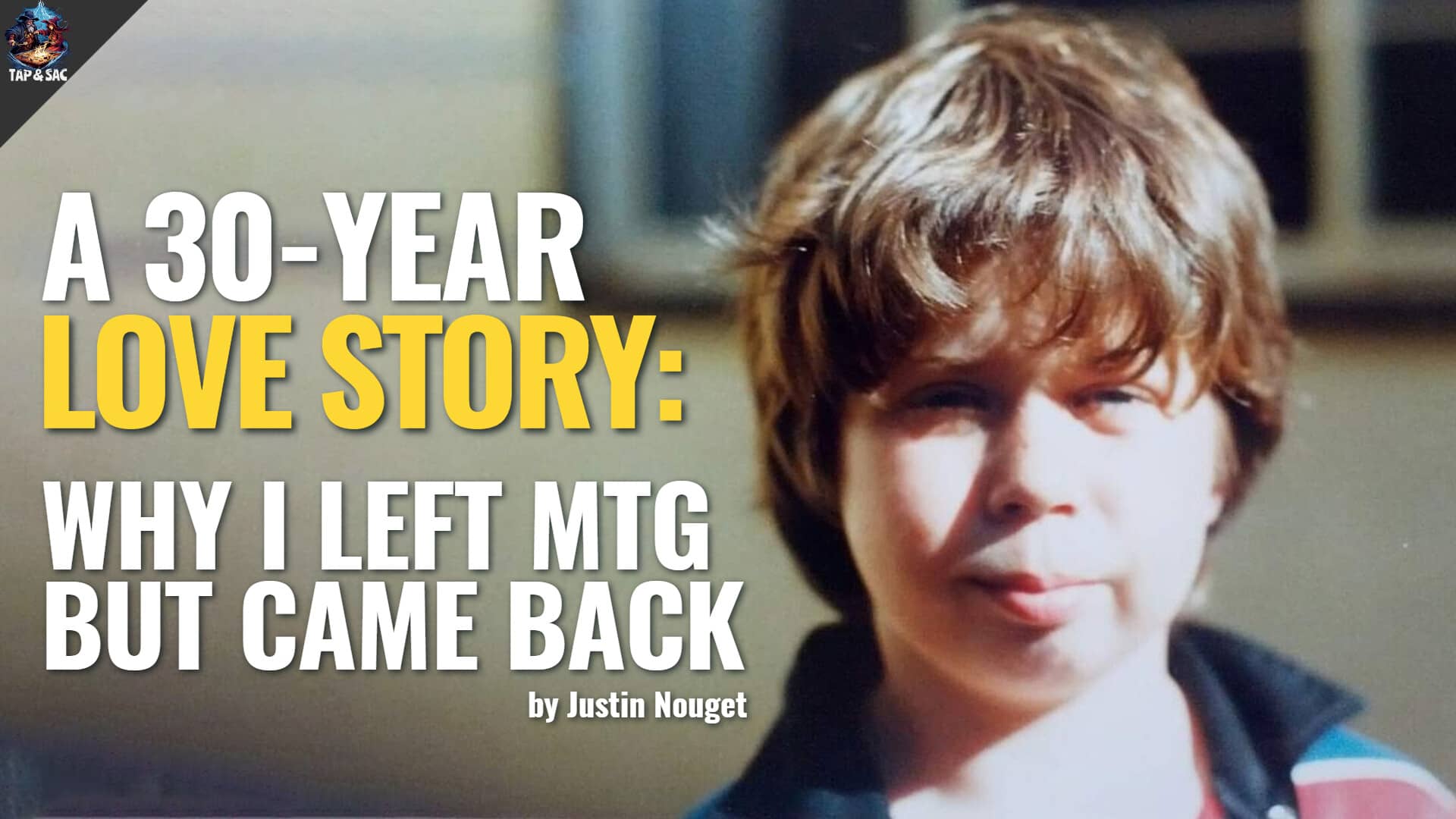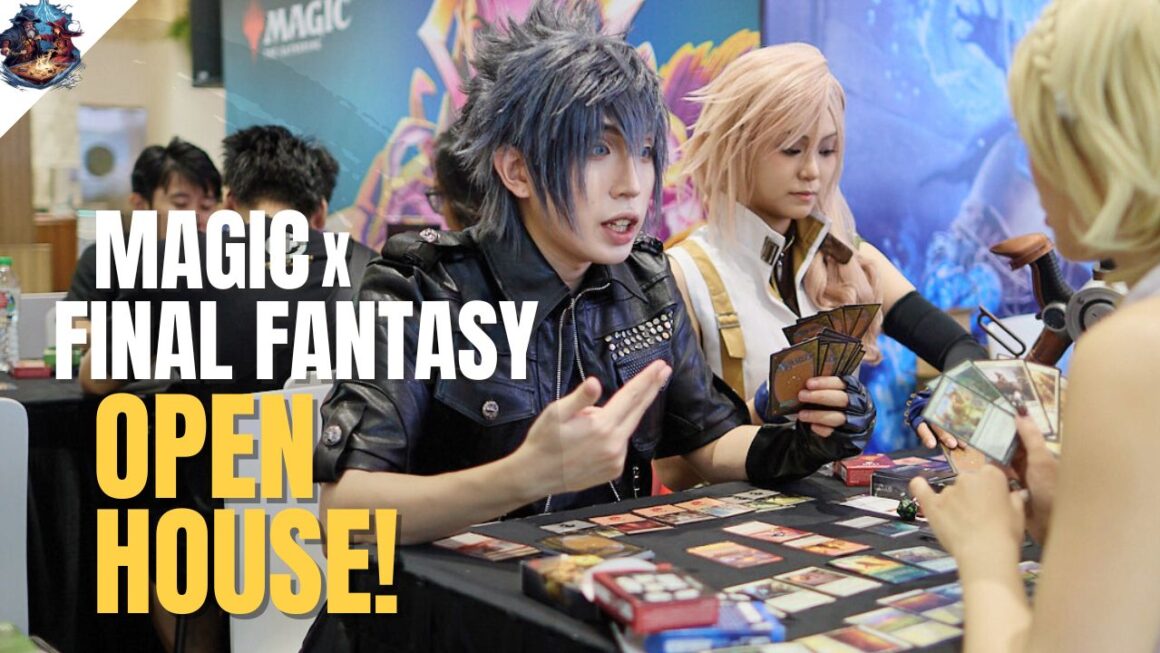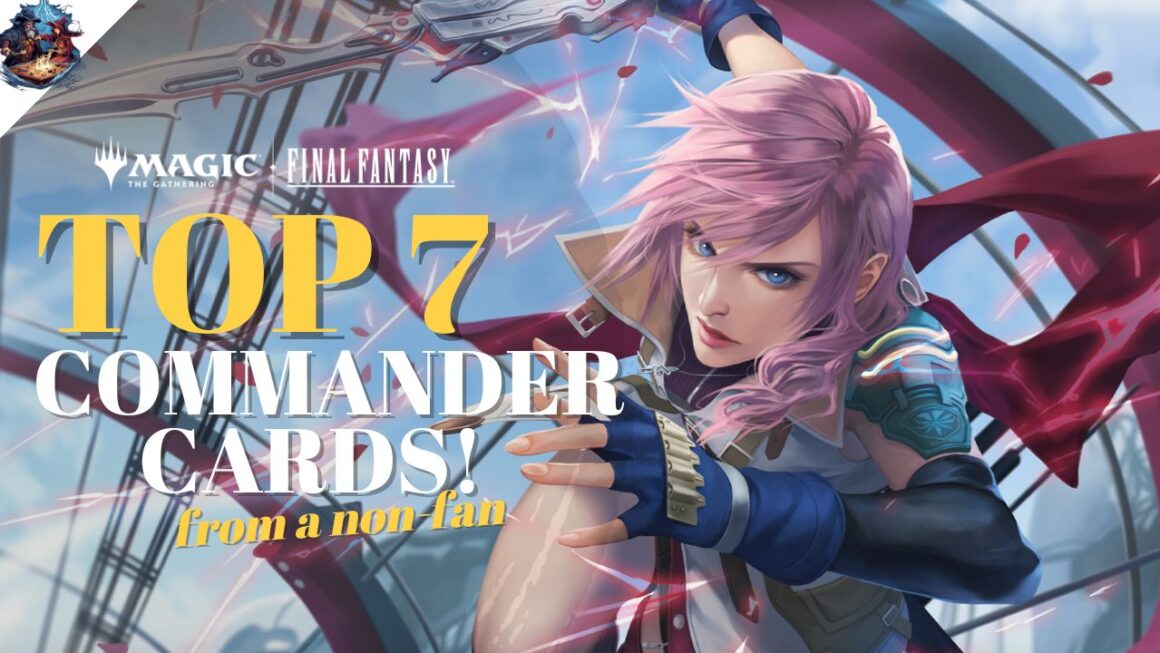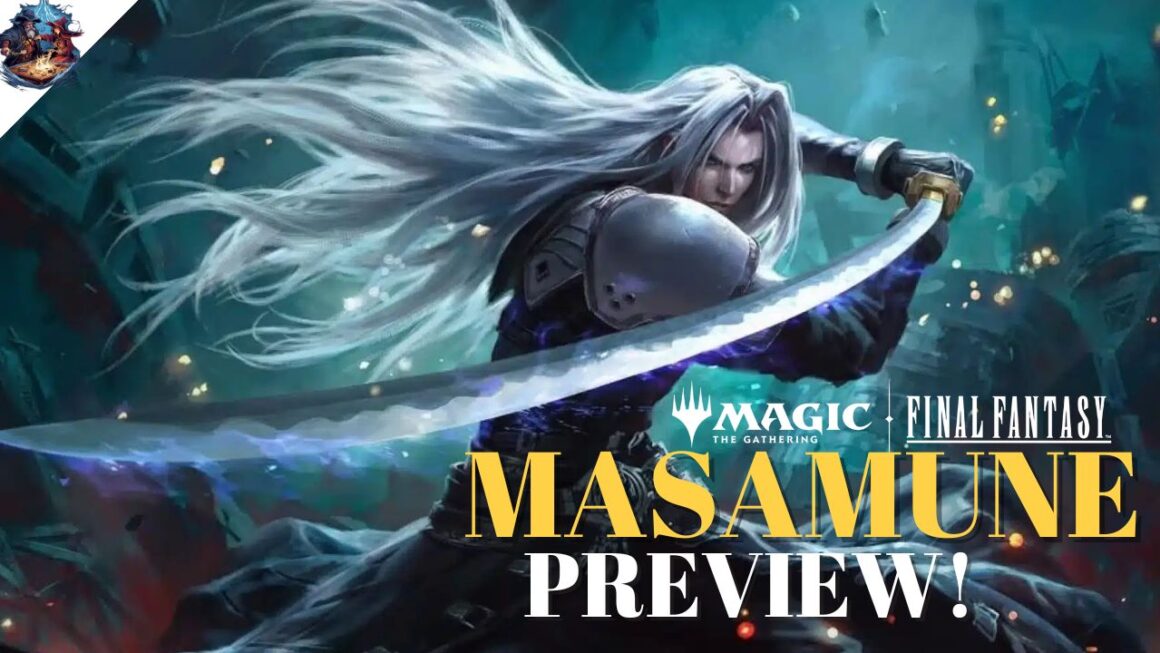Paper Dragons & Digital Dungeons: Level 1 Human
For any kid growing up in the 1980s, there was a visual bombardment of fantasy around every corner. I was a sponge that absorbed it all. It was on the TV, in the theaters, lurking in the comic books, budding in creative pen and paper group settings, and read about in children and adult books.
I watched my older brother play Advanced Dungeons & Dragons on the Atari 2600 game console. He also played the pen and paper version with his friends on the front porch of my family’s apartment, where I grew up in. Many afternoons were spent watching films such as Krull, Beastmaster, Conan the Barbarian, The Sword and the Sorcerer and Willow. Saturday morning cartoons D&D, The Smurfs and He-Man.
Fantasy animation wasn’t just on the television on a Saturday morning, it was also in the theaters and shown again and again on cable, such as The Hobbit and The Black Cauldron. All of this mystical media spurred my desire for high fantasy even more. I soon found myself engrossed in high fantasy video games, such as The Legend of Zelda, Final Fantasy, Dragon Warrior, Phantasy Star, Faxanadu, Bard’s Tail, and any RPG for the NES (i.e. Nintendo) and Sega Genesis I could get my hands on.
As I grew up, I began expanding my creativity and began drawing and doodling; drawing dragons, weapons, armor, castles, my own mazes, creatures from the mythologies I read about in the books my parents bought me. At this point, it was the late 80’s. I came from a loving family that fed my creativity and urge to create and read. I read a lot of the “Choose Your Own Adventure” books where a decision could be made at a crossroads, then the result of said decision would be revealed on another page. Many of the Choose Your Adventure Books were checked out at my elementary school and the public library my parents would take me to.
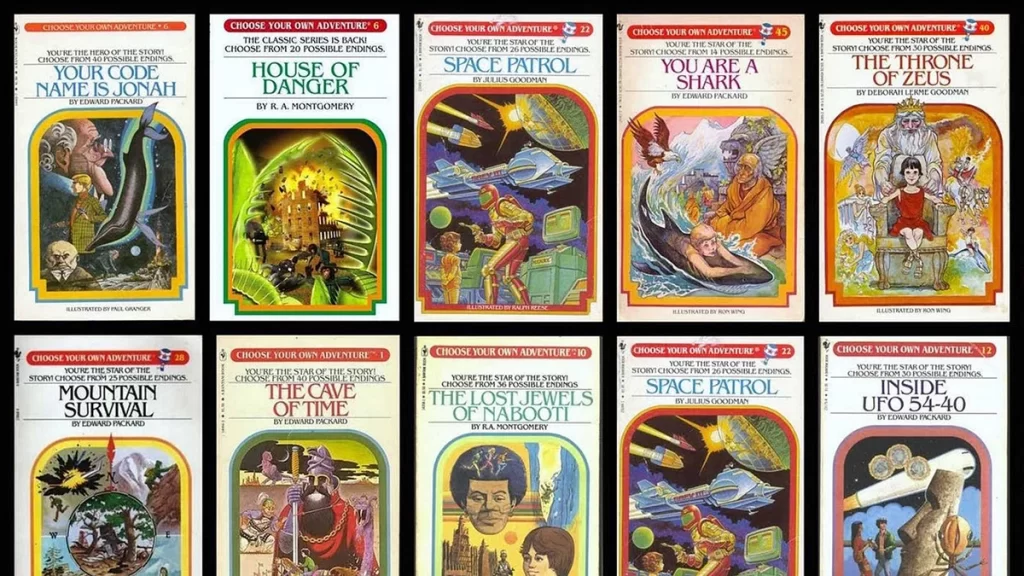
Choose Your Own Adventure was the missing link between video games and getting into the spirit of Dungeons and Dragons. Middle school is where I dove into D&D and learned how to play the pen & paper. I got my first D&D set, which came with the red paperback Player’s Handbook and the blue Dungeon Master’s Guide.
My sophomore year of high school, which was 1993 into 1994, was when the new Sci-Fi/Fantasy Club was created. A group of us began playing Advanced D&D during lunch breaks. I didn’t think much of a group of kids, who were also in the club, that was playing a card game at a group of four desks all facing each other. A playable and tradable card game was practically unheard of in 1994, so I kept on gaming with my friends, not paying much attention to the other kids playing their card game.
Spring of 1994 moved on, and the following Winter my life completely changed for the better.
The Empire had Fallen, but Mine was Just Growing
It was Christmas Eve of 1994 and my family had invited my aunt and her son to spend Christmas with us at my family’s cabin in the Arrowhead Mountains area of California. I had never experienced a white Christmas before, as in Southern California it only snows when Mother Nature suffers amnesia and forgets where she is.
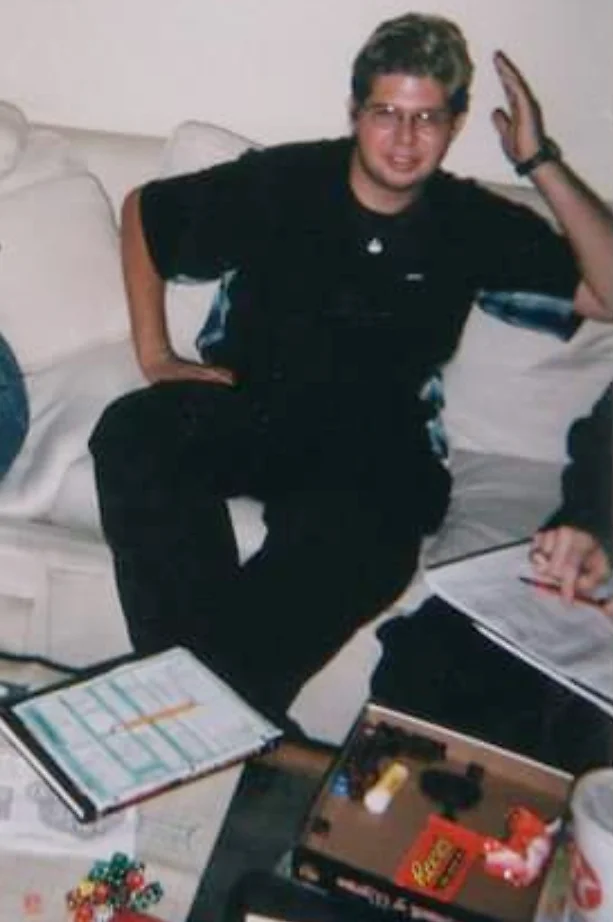
As it was starting to snow out, my cousin asked me if I had heard of a card game called Magic: the Gathering. I tell him “No,” and he just smiles like Willy Wonka opening his gate for the children for the first time. That evening I learned the game and was immediately hooked. A month prior to learning this amazing, beautiful game, Fallen Empires was released – I had missed experiencing the Four Horseman by months. Packs of Legends were already $20, quite a lot for a single booster pack then, when gas was a dollar fifty and booster packs were a couple bucks or so each.
My home away from home was an LGS (local game store) called South Coast Gaming Association, aka SCGA. It was couple doors down from my second home away from home, a coffee shop called Totally Coffee, where I would get loaded up on XTC Tea (a hyper-caffeinated, carbonated beverage before the days of Monster Energy and the like) and Turbo Truffles (caffeinated chocolates), then bounce back to SCGA for games of Type 1, Type 2 or Type 1.5, which was sometimes called “Extended,” (today Type 1.5 would be akin to Modern, where “Type 1” would be Legacy and “Type 2” would be Standard”… the language landscape has changed drastically).
Saturday was dedicated to the Woman’s Club, an all-day excursion of random tournaments, mostly drafts of “Pass the Trash” (which now is just the typical three pack draft). “Sealed” was done with a Starter Box, which was like three packs smashed together with basic lands added. The risqué caveat to this single-elimination tournament was that if one lost, one would forfeit the Starter Deck to the winner. Each round the winners got to recreate their deck with the deck won from the individual they beat. I did this only once, as all it took was getting burned once to learn my lesson and not to compete with the pros.
The Woman’s Club got so popular in Southern California, pro players from the entire South-West United States would travel there to compete in Pro Tour Semi-Qualifiers, Qualifiers and enjoy prerelease events. In fact, the Woman’s Club got so much attention and praise, that Scott Larabee (who is currently running the Pro Tour) was picked up to run the DCI, the arm of Wizards that provided game rules, tournament operating procedures, and other materials to private tournament organizers and players. He was also one of my few mentors growing up.

Game Frustration and College Lead to a Much Needed Break
When another LGS tried their best to take advantage of their player base by giving the worst price offers, it drove customers away. There weren’t any online price guides to keep stores in check, just a couple of magazines (Scry and Inquest) that had 3 price points as “guides” for stores to follow: low, medium and high. When I realized how little my collection was worth prior to going away to college, combined with my growing frustration with trying to grow as a “professional” tournament player (I was a great deck builder, just not that great of a competitor among my piers), I sold my collection. I moved onto console RPG’s for the five years away at college, from 1999 to 2004.
College came and went, earning a degree in English – Creative Writing with an emphasis in Screen Writing, as well as a Single Subject Teaching Credential. Imagine my surprise coming back to my hometown and seeing people still playing Magic. I had actually spent five years without the game in my life; out of sight, out of mind.
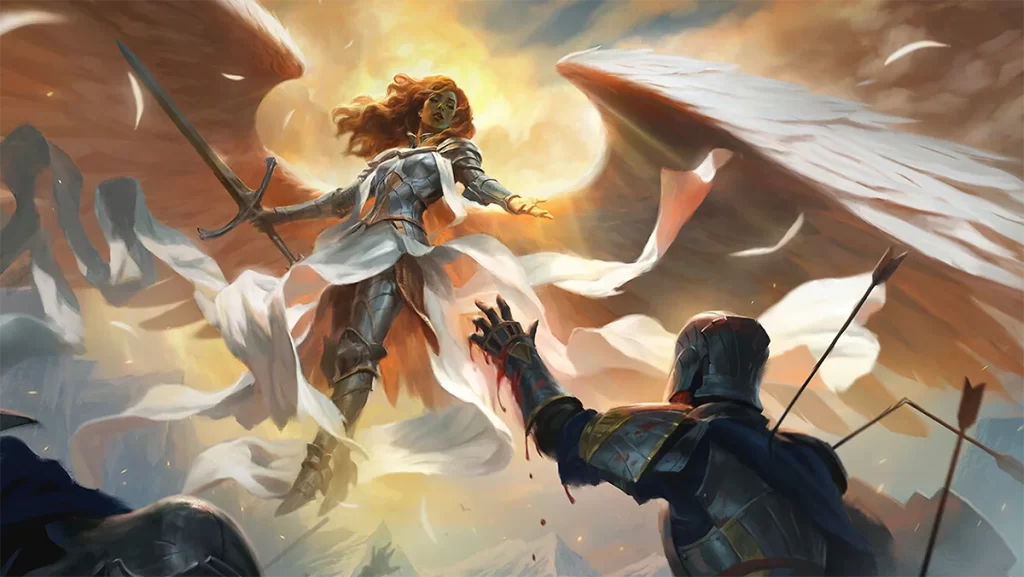
I immediately picked the game back up where I left off, starting with the classic tribes. Zombies in black, Merfolk in blue, Elves in green, Soldiers in white, Goblins in red. But there were overlapping tribes in those colors. I wanted to explore more, but this time, mix ‘n match color combinations with something new. I found out that Mummies and Ghouls were now just called zombies. With Wizards’ new Gatherer tool, I began deck brewing. I dove deeper into creature types that found themselves in multiple colors, such as Knights that are found in black and white, Wizards in red and blue, and other interesting combinations. Thinking back, I must have had around 20 to 25, 60-card decks then.
The Dark Ages: 100 Card Singleton or “I Don’t Get it?”
Only once before 2000 did I see a deck that had more than 60 to 70 cards and it belonged to a very strange gamer who thought he could win with a 5-color, 200+ card deck. He would try to win with Battle of Wits and every single way to “tutor” (search for a card) Battle of Wits into play and protect it, without using any of the oddball Portal cards that, even then, were difficult to find. I played his deck once. He kept it in a very long, hard plastic sports card case that shelled the deck and kept it upright.
He did not dare remove it from the casing or else it would’ve fallen like the tower of Babel. I’m glad I never played it again, being afraid of getting crushed. He called it “The Tower of Power.” In the mid-2000’s, I had a roommate who also played Magic (we actually bonded over Magic, becoming roommates after a strong friendship grew). Meanwhile, 100-card Singleton was slowly going around. It wasn’t even a format, just one of the many interesting variants to deck building and playing Magic.

In the mid-2000’s there really weren’t any dedicated Magic websites, just mostly message boards, fan pages on GeoCities, basic online blogging posts, and places like 4Chan or Reddit (which only came to be in 2005). These online spots were the best places to find variants to playing. Wizards had only recently dipped their toe into creating an official variant to the game with Vanguard. By this time the constructed formats were Vintage, Legacy, Extended and Standard. No one used the old terms (1.0, 1.5, 2.0) anymore, that was outdated.
There were only two rules to 100 Card Singleton: only one of each card and exactly 100 cards. That’s it. No color restriction. No Command Zone. No 21 points of Commander damage. Just 100 single cards, no repeats, about as basic as it gets. The roomie and I each built a couple of 100-card singleton decks. We played them occasionally. But in the end, it wasn’t that fun. There wasn’t much structure. There wasn’t much strategy. It was, almost literally, the dark ages of 100- card deck building. We looked at each other blankly. Our faces pretty much said it all, “I don’t get it.”

Enter the Harbingers
My roommate and I parted ways, new living situations came and went, as well as new roommates. It was the same story with game stores and playgroups. Sometime in 2008, I was playing casual kitchen table Magic at a shop called Game Masters. An acquaintance poached me from that shop, introduced me to a new group, headed by a well-dressed, short-bearded, charismatic guy who showed me the ways of deck building. He also showed how many decks he had, quite content that there was now another aficionado of the art of deck design like he was. We had almost a feverish competition of who would have the most decks built.
The decks weren’t just hastily put together piles of random jank. They did not look like a toddler grabbed a handful of plastic letters and dropped them onto the floor in an ill attempt to make sentences. They were well thought-out, well-crafted decks with synergies, combos and flavor. The blocks released were Time Spiral, Lorwyn, Alara, the return of Mirrodin/New Phyrexia and Innistrad. What I saw as the Golden Era of Magic, when the Core sets came back as Magic__ (10/11/12/etc..) The decks we made kept spawning, box after box. At one point, we both had somewhere around 50 or 60 decks, all neatly kept in either long boxes or the Fat Pack boxes (now known as Bundles).
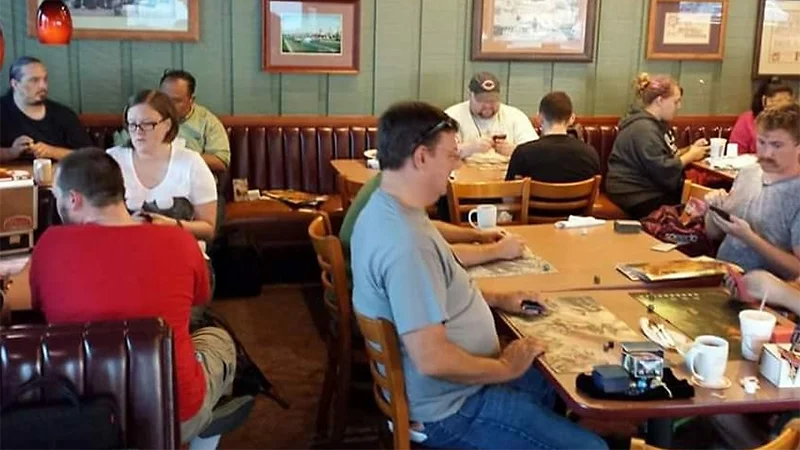
We were both proud of how many decks were owned, but something else was gaining popularity among the group, slowly. Another friend, who not only was going back to school to become a teacher (like I was), was also looking for something new and exciting. Both of us, and a few other members of the Harbingers, began to play EDH – aka Elder Dragon Highlander! It got its name from the film series Highlander, where only one person can be the Highlander, the Immortal, the one with “power beyond imagination!” In the film, in order to get the Highlander’s power, you had to sever the head of another immortal. I just remember Sean Connery from the film and his samurai sword.
Even though it felt like I was starting from scratch with building a collection of decks, I began to slowly create a Commander deck here or there. Whenever the Harbingers met, I would always have a box with three or four decks on me.
A Stroke of Luck (or Genius)
The first time my collection had an opportunity to grow (financially) was by chance. My family has a business selling antiques out of a couple booths in a local antique mall. My mother would go antique hunting at local flea markets and swapmeets. One day, early in the morning, she found someone selling Magic singles for a dollar a piece. She called me up and starting mentioning random cards in a giant binder.
As soon as she said the word Taiga, I was dressed and out the door. She guarded that seller like a mother hen protecting her own. The value of my collection grew tenfold after half an hour of digging through the binders. Just to give an idea, I walked away with 16 Revised dual lands, one Chains of Mephistopheles, one Candelabra of Tawnos, among a lot of other great cards, just to give an idea of how big of a score that was. A find like that was extremely rare, but not unheard of.
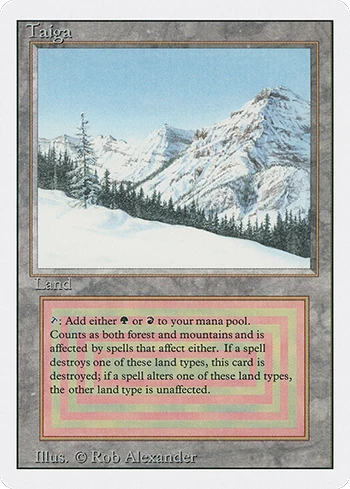


As time went on, group members came and went, but (unfortunately) more went, than came. But that’s life. People move, get married, change hobbies, change career paths, and so forth. I too was starting to change.
I had finished up with student teaching and I was awarded a Single Subject Teaching Credential in English. My attitude towards teaching had changed; a new direction began to tug at me. I wanted to pursue my passion in life, gaming. In 2010, I went back to school for a bachelor’s in game art and design, where I met more people who enjoy EDH (now known as Commander). A year later the format Modern was introduced (2011), so I began to incorporate Modern decks into my collection. I had a single long box of Modern and two long boxes with Commander in them (fitting about five Commander decks per long box).
When Dragons Don the Unforms of a Commander
Soon only a core group of about four to six of us were left among the Harbingers after a while. We played mostly Commander, I began to hang out regularly with the last of the Harbingers until the last 4 decided they were bored with the format. The Harbingers were no more.
I found solace playing Commander at the LGS’s around Orange County. I graduated with a BS in Game Art and Design in 2013. That same year, the Extended format was retired, so a few of the Extended decks became Modern; the rest were broken down. I was still slowly building my collection of Commanders decks, having three long boxes of decks, and a short box, putting me at around 17 or 18 decks by the end of 2013.
The Decade of Discovery and Growth
In 2014, a big opportunity came knocking. A local game store I frequented called Mercenary Market was where I met Chris Kluwe, a former professional athlete and longtime gaming enthusiast who was co-owner of the shop. The other owner was his brother Greg. I approached Chris when he was jotting notes in a notepad and asked him what he was doing. He told me it was an idea for a card game.
I asked if he could use some help, as I just graduated with a degree in game art and design and designing card games and board games was my forte. He said “sure.” Greg also agreed and a friendship and partnership between the three of us emerged. After a few months, we had the basis for a card game. A fourth partner, Chris Morgan, who started off as one of our testers joined our team.
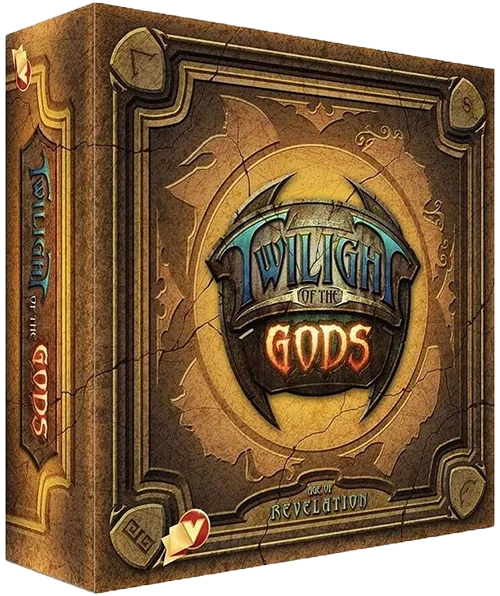
We found a publisher, Victory Point Games. The idea flourished and became Twilight of the Gods: Age of Revelation. We had a published game that we designed and had a very successful Kickstarter campaign for. We demoed the game at large conventions like BGGCon (BoardGameGeek’s convention) and GenCon. We released a few mini-expansions and a larger expansion later on. Being part of a design team has given me a lot of insight into what goes into making a game from scratch, from brainstorming concepts and ideas to playtesting those ideas, to fine tuning over and over again, to creating a rich storylines that engage the player, to marketing and demoing the game at conventions, hobby stores and gaming stores. This has been a labor of love that has peppered my life on and off for 9 years, to the present day.
Between working on Twilight of the Gods, I had explored work in the digital game industry as a game tester, or in industry terms, quality assurance. This is something I excel at as when I play a role-playing game, I scour the map. I search for every secret I can find, every hidden treasure chest, secret boss, every clue to the game. When I do, I have a tendency to find parts of the map that are bugged, parts of the game that have the broken mesh, missing sound clips, enemies out of place, upside-down terrain… in other words, the mistakes that developers miss.
After spending so much of my life playing games in this manner, it has become second nature to find the mistakes. When I can take my gaming habits and apply them to my work skills, I know I am on to something. I have learned to play into my strengths. That is where game testing works for me.
Finding jobs as a tester can be hit or miss, so I fell back to my safety net, teaching. So that is where I find myself these days, as a substitute teacher. It’s meaningful work, helping the minds of today grow to be the minds of tomorrow. But teaching isn’t what brings me true joy. I thought a lot about what my first joy was in college.
My first joy was writing, whether it was short stories, screen writing, spec scripts, or writing the plot for a game like Twilight of the Gods. Writing is what brought me joy. Magic the Gathering is my other great joy, my hobby, my way to destress and be creative with deck building and be competitive too. To marry my love for writing and my love of Magic brings me to an intersection, where the two joys meet is my goal: journalism, writing articles about Magic the Gathering. I have my own journal of ideas, brainstorms, thoughts, questions, conundrums, all about this game we all absolutely love. And I cannot wait to share all of them with all of you.

